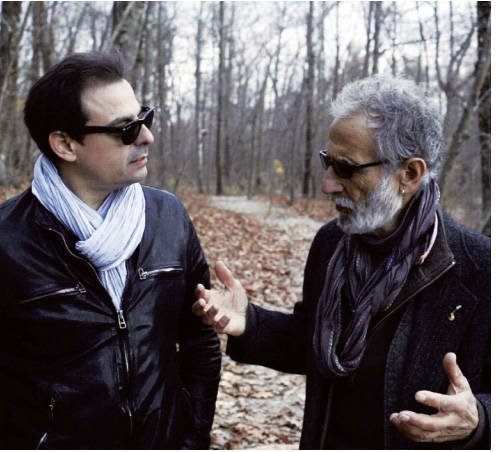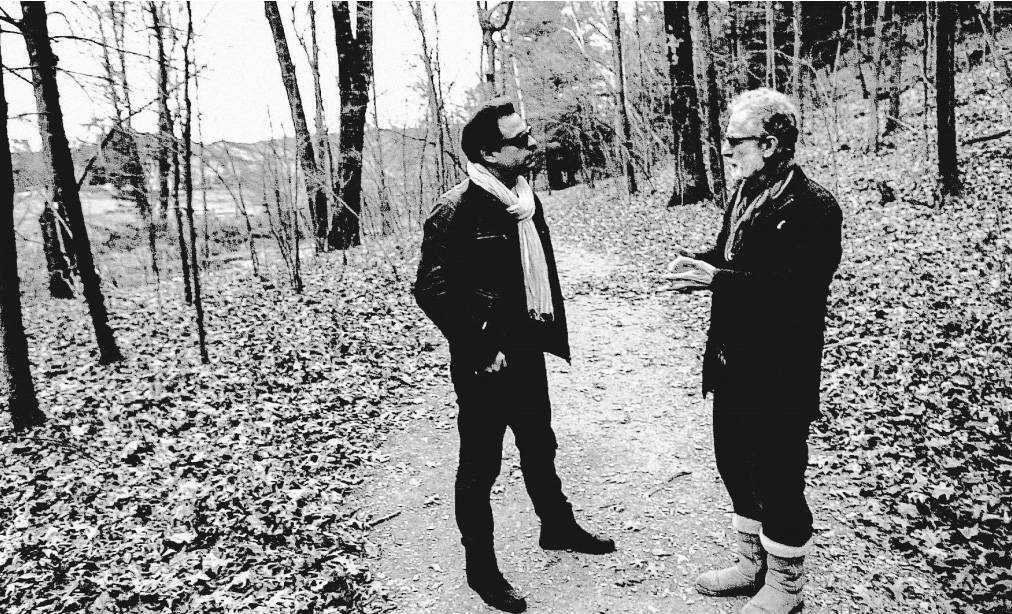The Past is Never Dead. It's Not Even Past
A new film on the life and legacy of Frank Serpico premiered at the Tribeca Film Festival on April 23, and will soon be seen in national distribution. With the participation of Al Pacino and John Turturro (among many others), Antonino D’Ambrosio’s work is a brooding reminder of the extraordinary power of individual courage combined with the moral and ethical imperatives of Italian American culture.
For the first part of his life, Frank Serpico had to deal with the corruption of the NYC Police Department. Once he agreed to testify at the Knapp Commission in 1971, and then after the Peter Maas book and Sidney Lumet film (1973) starring Al Pacino, he had to deal with the mythical figure of “Serpico.” “People don’t know who Serpico was,” he says on camera. “For a long time I didn’t, either.” This interplay of history and memory is the red thread running through the film. “The past is always present for him,” remarked director D’Ambrosio.
Stanislao Pugliese, who discusses the historical and cultural context of Serpico’s story in the film, here interviews D’Ambrosio.
[Stanislao Pugliese:] What inspired you to make the documentary?
[Antonino D’Ambrosio:] In essence, Frank Serpico is an American archetype and the fact that he is an Italian-American (from an immigrant, working-class background) resonated with me deeply. It connected with my own personal story, which is very similar. It is an enduring story of survival propelled by compassion and unbendable purpose, one that amplifies how one rises after they’ve been knocked down, exposing the moments when darkness settles and one needs a light that shines a path forward. Another way to describe this is as creative-response or our striving capacity as human beings to transform our obstacles into opportunities to make the world work better for everyone. Serpico demonstrates this ability most profoundly by how he has lived following the birth of the “Serpico” legend in the early 1970s. Frank Serpico is often thought of in two ways: one, the hero cop who “ended police corruption forever” by nearly trading his life do so; and two, as a basis for “the Pacino film.” These calcified pop-culture myths obscure the larger and indispensable story of a person who never relented in pursuit of telling the truth. Some describe this as the core element of the American Dream: you work hard, live with honesty, humility, and honor and all the rewards of America are then made available to you. The reality is quite different and can often be brutal and harsh. The story of Frank Serpico is then so much more than an honest cop who did the right thing: it uncovers the unrealized possibility of the American democratic experiment and the unlimited potential of the human spirit.
What was it like working with Frank?
It was ultimately humbling and life-changing. There were many moments that were quite challenging because anytime you shine both a spotlight on and place someone under the microscope it can be unsettling. You have to develop trust and give yourself over to the process. But the challenge of telling the story of someone who encountered so much betrayal in his life led me to find many different creative openings to realize the vision I had in mind for this film. In some ways, I had to keep tapping reservoirs of courage and resoluteness to keep pushing this project to completion. The film itself and the process of making it and sharing it with the world is a reminder that true commitment is to act—and that’s what Frank’s story is about, this film is about and being alive on this planet is about.
In what ways were your backgrounds influential in making the film?
Our shared common backgrounds—as Italian immigrants from a working class family/neighborhoods (Brooklyn and Philadelphia)—was fundamental in getting this film done. There, speaking a common language (Italian) and discussing key things we learned from our parents—honor, integrity, hard work, being skeptical of power—were all things that connected us. There are things that both our families did—passing down mantras, ethical codes if you will. Things that Serpico adhered to, included “Never Run When You’re Right,” “Only Actions Count,” “There is not us v. them—there’s only us.” These are things I deeply believe—I describe this as “creative-response” and these are the stories I like to tell via my writing, filmmaking, visual arts. Serpico’s whole approach to being a cop and to living life is a creative-response—another key intersection of our backgrounds.
Was the 1973 Lumet/Pacino film a help or a burden in making your own film?
The Lumet/Pacino film was a help—as a matter of fact I saw it as a key device in presenting my own unique vision of this story. Since my film is a deep character study of an American archetype and a psychological study of a whistleblower (or as Frank describes himself a “lamplighter”)—I saw the original film, particularly as a “home movie” allowing me to reflect back on Frank’s memory—the past and present colliding constantly in my film. This became important as Frank himself performs his life throughout my film and the film is very much about memory, representation and reality. Also, the Lumet film and Peter Maas book helped me frame more of the story of Frank’s ongoing challenge with becoming an icon and hero in popular culture both of those things he rejects—these labels end-up undermining both Frank’s life and the people he inspires—making it seem that you have to be an extraordinary person to rise-up to serious challenges and obstacles in life. But Serpico’s story is the opposite of that—it’s about the everyday citizen who in the face of frightening odds, embraces his fear—which is the true essence of courage—and rises-up to do the extraordinary. So highlighting the negative effects of celebrity and fame also allowed the film to present a more nuanced, empathetic portrayal. It’s also important to remember that the book and the Lumet film only looked at a certain period of time of Frank’s life (his early 30s). He’s lived more than 40 years of an interesting and intense life since then.
* Stanislao Pugliese is Professor of History and the Queensboro Unico Distinguished Professor of Italian & Italian American Studies at Hofstra University.










































Comments
Here's where you can find all